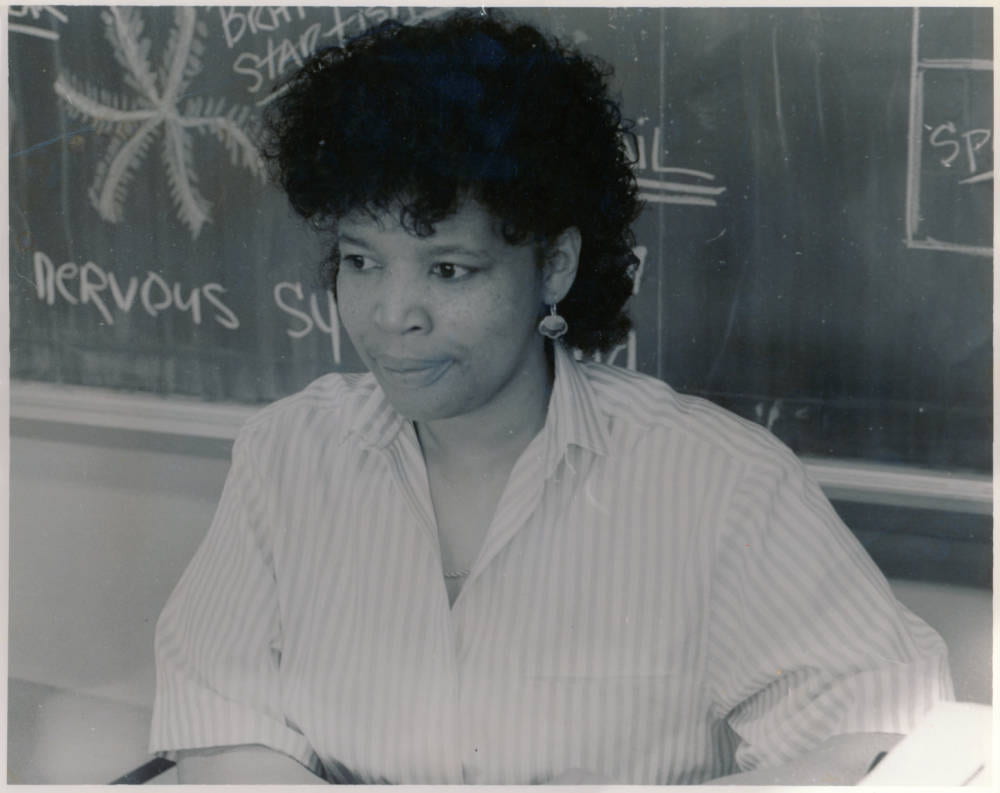Written by Grace Wargovich
I am a student at UMass Boston in the Accelerated History Master’s Program. I am finishing my final year as a senior majoring in history and minoring in secondary education. Over the past semester, I have taught social studies at Randolph High as a student teacher. I was initially interested in creating a project on the issues that teachers have faced over the past decades. As I leafed through the pages of the Boston Teacher’s Union (BTU) newspaper, I considered writing about topics such as the size of classrooms or the amount of times teachers were observed by administration. As a future educator, I had seen first-hand how difficult these problems could be for teachers.
To learn more about these issues, explore the exhibit “Women’s Voices” by Meghan Arends.
To learn more about gains teachers made, explore the BTU Contract Timeline built by Jordan Cooper.
However, the more I researched the archives, the more interested I became in the teachers’ responses to these issues. The teachers’ contributions to the newspaper were rich in opinions, advice, and solidarity.
Focusing on Teachers’ Voices
Since I wanted to focus on teachers’ voices, I mostly used the Boston Teacher’s Union newspaper for my sources. My primary goal was to broadcast the articles and pieces from teachers that might otherwise be overlooked. After all, it was the teachers who made up the BTU, teachers who were facing the issues of the education system, and teachers who had ideas for solutions. Initially, I planned on centering the project on letters to the editor from teachers, which was the topic I chose for my first blog post. However, as I delved further into the BTU newspaper, there were so many pieces from teachers, such as poems and articles on teaching pedagogies, that it was necessary to broaden the scope.
Format

For the format, I wanted the reader’s attention to be on the teachers’ voices. The text is mostly there to summarize or draw the reader’s attention to a certain quote. Since teachers often feel that their voices are not heard, I wanted their words to be the main focus. For example, at the beginning of the digital exhibit, I used a picture of a teacher, Carolyn Johnson, as the primary photo for the exhibit. The format of the exhibit would be one of my favorite parts, although it was also the most difficult aspect to achieve. Since I was working with a variety of sources on different topics (poetry, letters to the editor, advice on stress, articles on pedagogies), I wanted to organize them in a way that would not overwhelm the reader. This is why this project is split into four different pages that all link to each other. Not only is this setup clearer and more organized, but it also helps to convey how teachers used their voices to address many different subjects.
Going Forward
Teachers’ comprehensive contributions to the BTU newspaper are still relevant today. It is surprising how applicable the teachers’ solutions and advice are to the current issues in education. As a student teacher, I found that many of the articles even personally resonated with the work that I do (especially the articles on stress!). It is fascinating to see how far back some of these issues go and to see how teachers responded to them at the time. Even today, teachers are continuing to share their voices and create a sense of solidarity among teachers in the BTU. For example, the podcast created by Paul Tritter, Teachers on Teaching Podcast, allows teachers to talk about their personal pedagogies and helps teachers to learn from one another. I hope that in the future, this digital exhibit can grow with the addition of more sources from the BTU newspaper and with teachers’ voices from today.